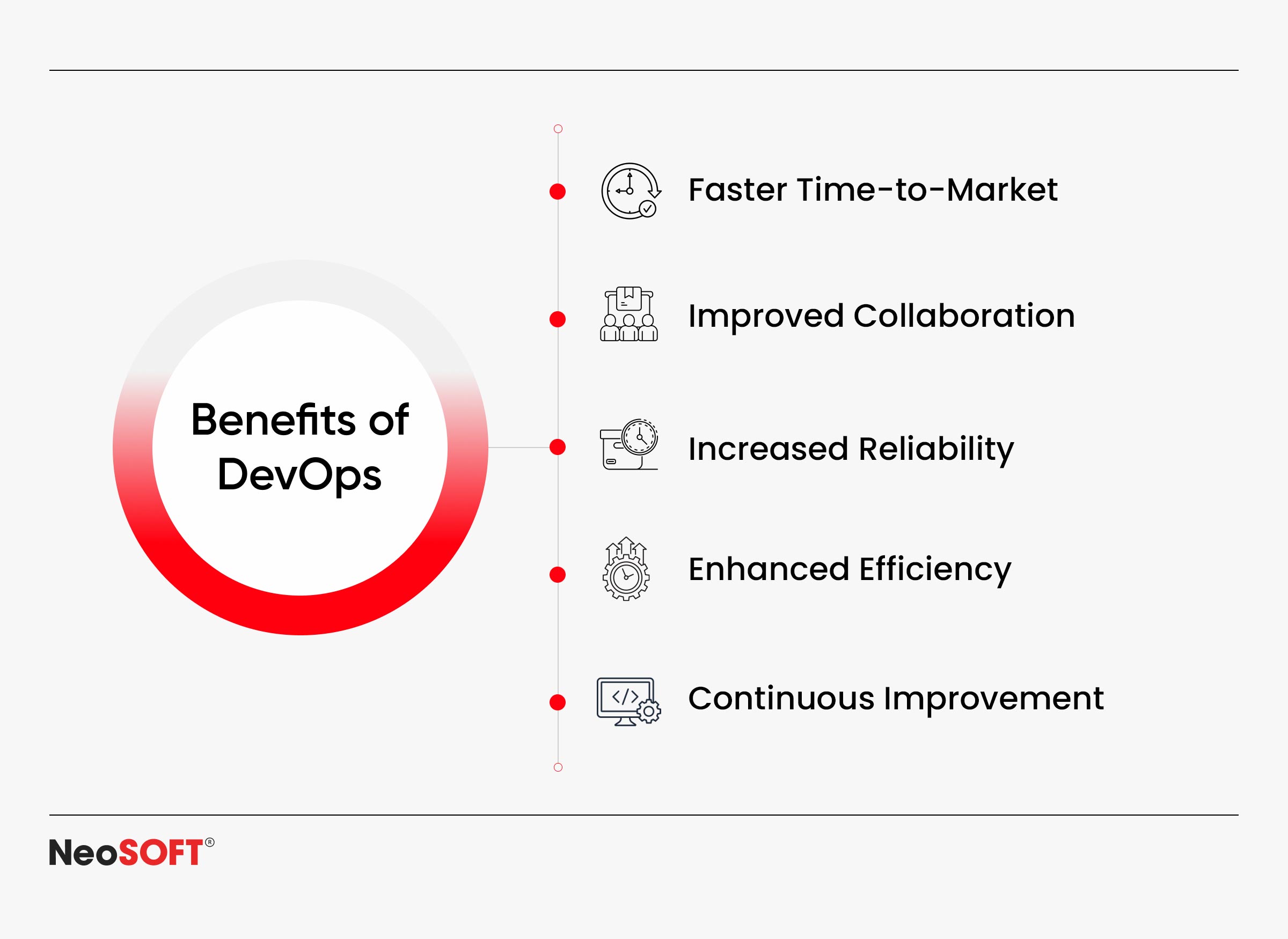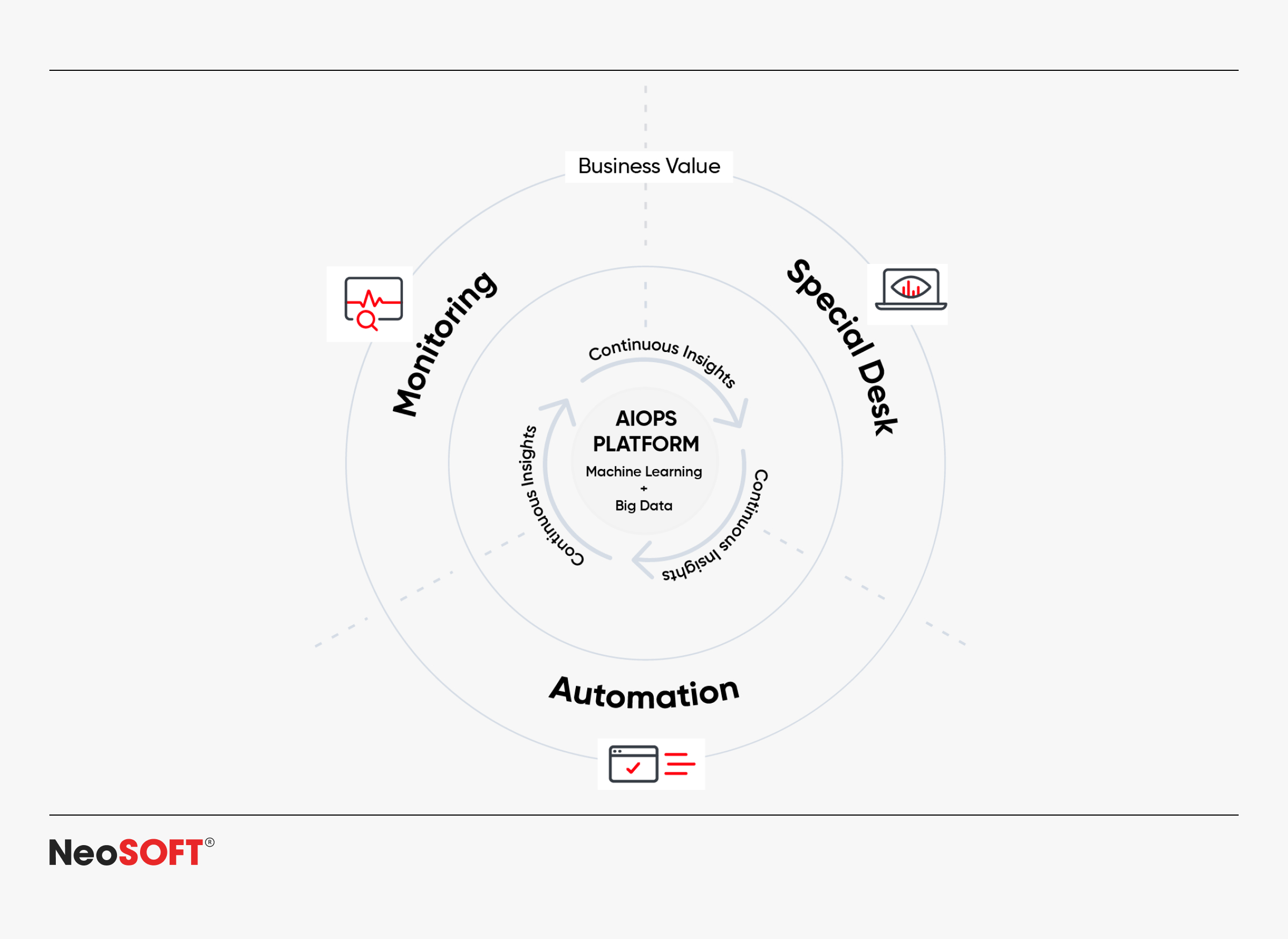The DevOps Manifesto 3.0: Reimagining the Principles for the Next Decade
August 22, 2024
Introduction
The DevOps revolution has transformed the software development processes in the bustling halls of the IT industry. In addition to closing the gap between operations and development, fostering a culture of collaboration, creativity, and continuous improvement is critical. DevOps is now recognized as a collection of beliefs, norms, and practices.
As DevOps gains traction as the go-to software development process, integrating agile methodology as a key component is essential to simplify development and operations. It is critical to comprehend how it developed and what modern DevOps engineers must be able to achieve.
Applications are developed, tested, and deployed automatically using continuous delivery or deployment and continuous integration (CI/CD). This process bridges the gap between development and operations teams, as opposed to typical methodologies that deliver new versions in huge batches. DevOps consulting services contribute significantly to increased collaboration and efficiency by providing personalized solutions such as extensive consultations, delivery pipeline automation, and cloud adoption.
Modern DevOps techniques cover all phases of the software lifecycle, including continuous development, testing, integration, deployment, and monitoring.
Automation of infrastructure provisioning and administration is made possible by treating infrastructure settings as code, which improves consistency and scalability. It is simpler to scale the application and infrastructure up or down in response to shifting needs when infrastructure as Code (IaC) and automation are used.
The Evolution of DevOps
DevOps Over the Years
- DevOps 1.0: The movement focused on integrating development and operations to improve continuous delivery and deployment in its early stages. It stressed cross-functional collaboration, CI/CD, quality assurance, and strong delivery systems.
- DevOps 2.0: This phase introduced flexible feature delivery, which is critical for successful product releases and adaptation. Internal collaboration and continual improvement were prioritized, with practices such as IaC, containerization, and microservices architecture implemented.
- DevOps 3.0: The current phase, which includes AI/ML (AIOps) for intelligent operations, GitOps for declarative infrastructure management, and enhanced orchestration with Kubernetes. It prioritizes better security (DevSecOps), continual improvement, and advanced automation.
Core Principles of DevOps 3.0
Collaboration- Unified processes, tools, and people
Collaboration is central to DevOps practices, where development and operations teams merge into a single unit that communicates and cooperates throughout the project lifecycle. This integrated approach ensures quality across all aspects of the product, from backend to frontend, enhancing full stack development and improving teamwork and commitment.
Automation – Optimizing repetitive tasks
Automating as much of the software development lifecycle as possible is a fundamental DevOps technique. This role of automation improves efficiency and reduces errors in software development processes, allowing developers more time to create new features and write Code.
Automation is a crucial CI/CD workflow component. It lowers human error and boosts team output. Using automated methods, teams can swiftly respond to client input and achieve continuous improvement with short iteration periods.
Continuous Improvement
The core principles of agile techniques and continuous improvement include experimentation, waste reduction, and efficiency enhancement. Agile techniques work hand in hand with continuous delivery, allowing DevOps teams to regularly deploy software and release updates that boost performance, cut costs, and add client value.
Customer-centric Action- Driving growth
In order to deliver products and services that satisfy the demands of consumers, DevOps engineers employ brief feedback loops with clients and end users. By using real-time live monitoring and fast deployment, DevOps processes facilitate quick feedback gathering and user reaction. Teams can see instantly how real users engage with a software system, and they may utilize this information to make additional enhancements.
Software Creation – Focusing on outcome
This idea entails comprehending client wants and developing goods or services that address issues. Software shouldn’t be created by operations teams working “in a bubble” or with preconceived notions about how users would use it. Instead, DevOps teams need to comprehend the product holistically, from conception to execution.
Key Practices and Tools
Agile Planning
Unlike more conventional project management techniques, agile software development practices arrange work in brief iterations, such as sprints, to maximize the number of releases. As a result, the team only has a broad sketch of goals and is preparing in-depth for the next two iterations. This permits adaptability and reorientations when the concepts are evaluated on a preliminary product version. To find out more about the various approaches used, view our Agile infographics.
Continuous Integration and Continuous Delivery
CI/CD is a software delivery method that highlights the value of teamwork in optimizing and mechanizing program upgrades. CI merges code changes in a common repository to prevent integration issues, while CD automates manual tasks in the development, testing, and deployment of updates. With their extensive plugins, tools like GitLab CI and Jenkins facilitate these automated tasks.
Infrastructure as Code
Infrastructure as Code enables continuous delivery and DevOps practices by using scripts to automatically configure networks, virtual machines, and other components, regardless of the environment. Without IaC, managing multiple development, testing, and production environments would be labor-intensive. Chef is a tool that manages infrastructure code across both physical servers and cloud platforms.
Containerization
Virtual machines allow multiple operating systems (Linux and Windows Server) or applications to run on a single server by simulating hardware, while containers offer a more efficient alternative. Containers are lightweight, contain only essential runtime components, and work well with IaC for rapid deployment across environments. Docker is the leading tool for container creation, while Kubernetes and OpenShift are popular for container orchestration.
Microservices
Microservices architecture breaks down a single application into independently configurable services that interact with each other. This approach isolates issues, ensuring that the failure of one service doesn’t impact others. It enables rapid deployment and maintains system stability while addressing individual problems. Learn how to modernize outdated monolithic architectures with microservices in this post.
Cloud infrastructure
Most businesses use hybrid clouds that mix public and private infrastructure, with a growing shift toward public clouds like Microsoft Azure and Amazon Web Services (AWS). While cloud infrastructure isn’t required for DevOps, it enhances flexibility and scalability. Serverless cloud designs further reduce server management tasks, simplifying operations. Ansible, which automates cloud provisioning, application deployment, and configuration management, is one well-liked option.
Continuous monitoring
The last phase of the DevOps lifecycle focuses on evaluating the entire development cycle. Monitoring aims to highlight errors and enhance the product’s functionality, identify problematic regions in a process, and analyze team and user input. In DevOps, monitoring and alerting are usually handled using open-source Prometheus or Nagios, a potent tool that displays statistics in visual reports.
Benefits of DevOps 3.0
Although we cannot dispute that DevOps 3.0 was a significant factor in this achievement, we do have to thank our DevOps consultants, developers, engineers, and architects for accomplishing the feat. We made the most of its advantages. Software developers are integral to secure coding practices and collaboration within the DevOps framework.
Faster Time-to-Market
DevOps services accelerate software development lifecycles through process simplification, automation of repetitive operations, and continuous integration and delivery. Faster releases enable businesses to react more quickly to shifting consumer demands and market conditions.
Improved Collaboration
Teams working on operations and development no longer function in silos because of DevOps services, which encourage cooperation and cross-functional thinking. Teams function more smoothly when there are clear roles and improved communication, which lowers misunderstandings and improves the overall caliber of the program.
Increased Reliability and Stability
You may engage Azure developers to encourage automation in the DevOps pipeline. This guarantees repeatable and consistent operations and lowers the possibility of human error. This results in more dependable and stable software releases with fewer bugs and inspires more trust in program operation and performance.
Enhanced Efficiency and Cost Savings
Automation increases resource efficiency and utilization while accelerating the software delivery process. Organizations may save a lot of money by automating manual operations, which also helps to minimize downtime, save operating expenses, and better manage resources.
Continuous Feedback and Improvement
A DevOps approach prioritizes a culture of continuous improvement through feedback loops. Teams may find areas for improvement and carry out changes iteratively by gathering and evaluating data at every level of the development lifecycle. This feedback-driven strategy fosters the organization’s culture of learning and adaptation.
Top Trends Shaping the Future of DevOps
Serverless Computing
Serverless computing has established itself in cloud computing and is set to remain significant. It optimizes development and deployment, eases pipeline management, and enhances infrastructure flexibility. Serverless computing enables DevOps automation, allowing easy modification of IaC and automated events. It boosts productivity by enabling prompt application development and testing.
Microservices Architecture
Microservice architecture is crucial for the future of DevOps. It addresses monolithic design issues to improve scalability and flexibility. It promotes rapid deployment and delivery through agile principles, modular development, fault isolation, and enhanced resilience. It allows DevOps engineers to choose optimal tools for specific tasks and ensures robust development processes through continuous integration and testing, fostering teamwork and managing distributed systems’ complexities.
AIOps
Another futuristic trend in DevOps services is using Artificial Intelligence and Machine Learning, or AIOps, to transform operations. AIOps will improve productivity and decrease downtime by bringing automated, intelligent insights to traditional IT operations. Its real-time analysis of large datasets will allow it to see trends, foresee possible problems, and find solutions before they arise.
By automating repetitive operations and reducing human labor, its alignment with predictive analytics enhances the DevOps culture. Invest in a DevOps team to implement this revolutionary idea and improve the scalability, performance, and dependability of contemporary, intricate IT systems.
GitOps
A rising trend in the DevOps space, GitOps emphasizes a declarative approach to application and infrastructure management. With its roots in version control systems like Git, it guarantees a single source of truth and centralizes configuration. Changes made to repositories immediately initiate activities when Git serves as the operational control plane, promoting automation and repeatability.
This method simplifies rollbacks, improves teamwork, and expedites continuous delivery. Organizations may enhance the transparency, traceability, and effectiveness of their development and operational processes by adopting GitOps ideas and treating infrastructure as code. GitOps shows the evolution of DevOps around the core tenets of continuous improvement, automation, and collaboration.
Kubernetes and Orchestration
Kubernetes is a cornerstone of modern DevOps, which is crucial for container orchestration. It automates containerised applications’ deployment, scaling, and management, fostering efficiency and reliability.
By simplifying microservice deployment, ensuring seamless coordination, and optimizing resources, Kubernetes enhances application resilience and enables rolling updates and automated load balancing. Its declarative configuration and self-healing capabilities streamline DevOps workflows, promoting consistent deployments across diverse environments. This trend empowers teams to manage complex, distributed applications efficiently, facilitating agility and scalability in the rapidly evolving DevOps landscape.
Conclusion
DevOps 3.0 represents a significant breakthrough in software development, driven by advanced techniques like CI/CD, AI integration, GitOps, and so on. Automation reduces manual labor and errors, while IaC and containerization improve scalability and consistency.
As DevOps services evolve, trends such as serverless computing, microservice architecture, AIOps, GitOps, and Kubernetes lead the way. Serverless computing and microservices improve flexibility and rapid deployment, while AIOps leverages AI to optimize operations and predictive analytics. GitOps centralizes configuration and automation, and Kubernetes ensures efficient orchestration of containerized applications.
Adopting these trends promotes continual advancements in operational effectiveness and software quality and guarantees competitive advantage. These developments open the door to a more adaptable and successful DevOps journey, eventually changing how companies provide value to their clients.
&nsp;
Our cutting-edge DevOps services and solutions will take your development process to the next level. Contact us at info@neosofttech.com today to redefine software delivery and stay ahead of the digital curve.




















